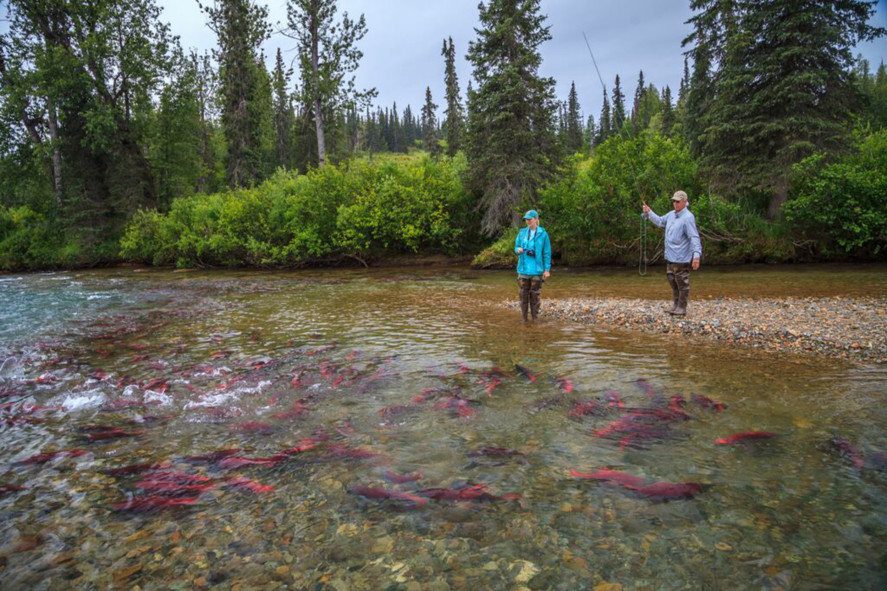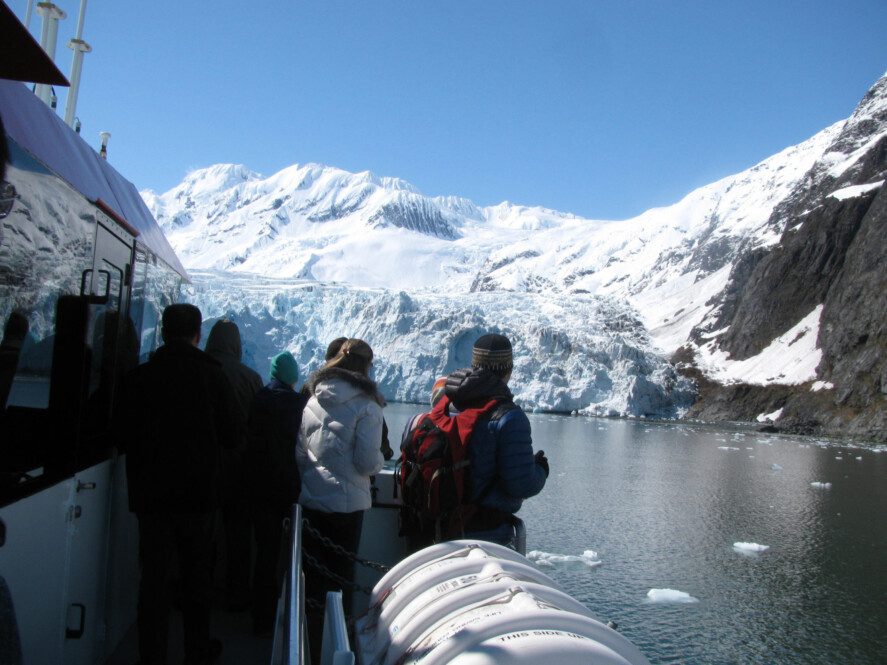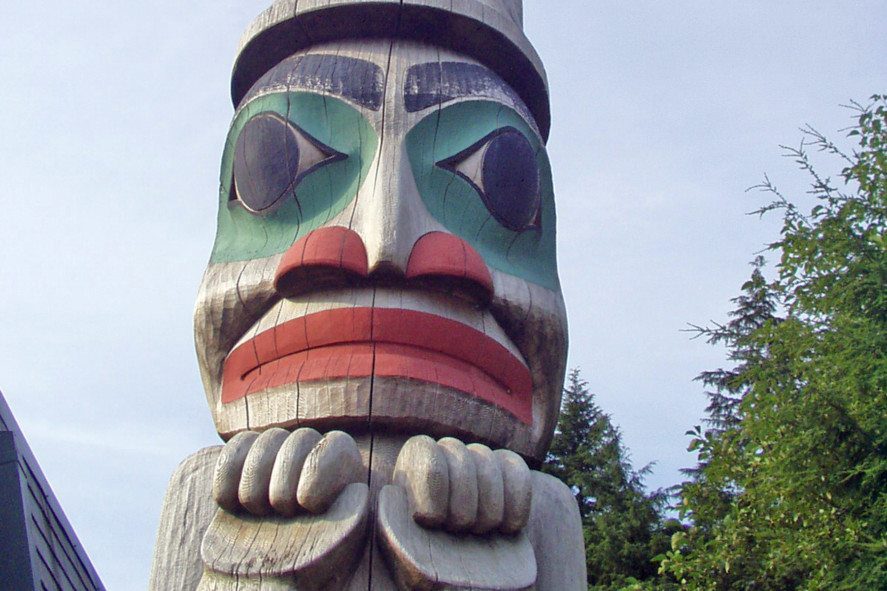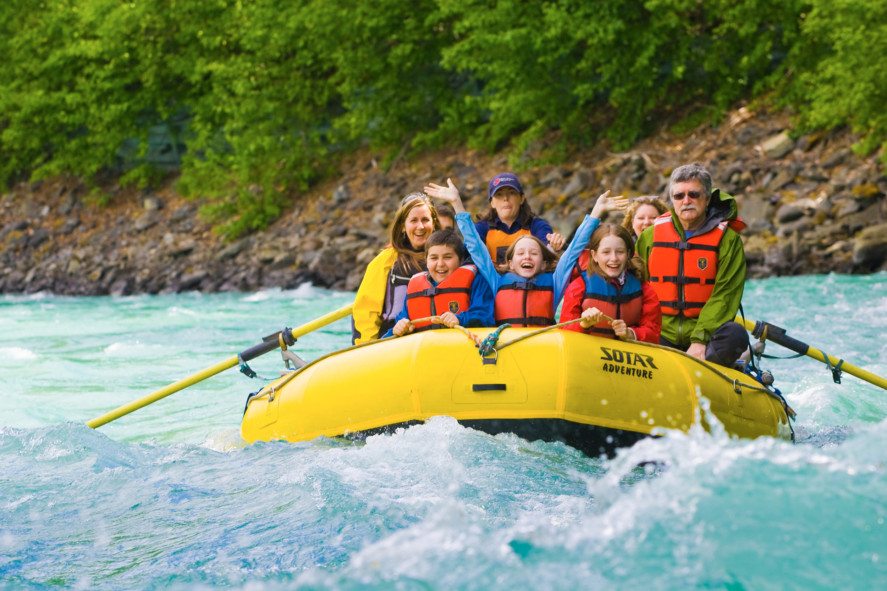Like most of the modern world, Alaska is also experiencing rapid change – but in its own unique ways.
These changes extend across cultural, demographic and technological spectrums while Alaskan climates, landscapes and seasons also continue to shift. Alaska has always been a place of extremes and transformations, booms and busts, and for the most part these recent revolutions are making the state an even richer and more fascinating place for residents and visitors and luckily, travel to, from and around Alaska has become much easier, connecting more of the world to the Last Frontier.
Technology Transforms the Alaskan Experience
The reach and impact of technology are stronger than ever, connecting Alaska to the world visually and with a seamlessness that Alaskan pioneers never could have imagined. Cell phone coverage continues to expand around the state so that today, there are surprisingly few populated areas that don’t have the luxury of internet and Wi-Fi. With that kind of digital horsepower, social media savvy residents and visitors (and Alaska’s travel and hospitality industry) can easily and instantaneously show off Alaskan fun, from the most iconic to exclusive “insider” experiences. These engaging and personal accounts of Alaska adventures have the power to reach and influence countless friends, followers and fans. Yet, the state remains refreshingly large and wild, and while you can check your email from almost anywhere in Alaska, you probably won’t want to. It’s still possible to just slide off the radar into total peace and quiet, disconnect from all devices, wherever you land in the 49th state – from a classic camping spot to a lovely seacoast lodge. Consider it Alaska’s ubiquitous version of “airplane mode,” where the only streaming you’ll find are in the rippling salmon-filled rivers.

Fly fishing for salmon in an Alaska stream.
Alaskan Seasons They Are a Changing…
Some climate trends suggest Alaska’s weather is moderating and that its seasons are permanently changing – that Alaska’s wildfires are larger and glacial coverage is declining. Alaskans joke that Fairbanks now has Anchorage’s warmer, snowier winters, and Anchorage now has Seattle’s even warmer, wetter winters. That could be a bit of a stretch however, as, case in point, this past 2020-2021 winter when Alaskans experienced serious snowfall and consistent cold all season long.

Prince William Sound glacier cruise in Alaska
One genuine gauge of Alaska’s cold winter hold: the Nenana Ice Classic. This annual April tradition is a contest to predict when the Tanana River ice will give out underneath a giant tripod set on the river near the Interior Region’s town of Nenana. In 2019, the ice moved the earliest in the event’s 100-plus year history: at 12:21 a.m. on April 14. In 2020, though, the contest ended more nearly two weeks later, on April 27; in 2017 and 2018, it ended on May 1. 2013 is tied with 1964 for the latest contest breakup date in history: May 20. Smart bets are on a mid-May 2021 date for the 2021 Nenana Ice Classic, as Mother Nature truly keeps Alaskans guessing!
Population Decline but Increased Cultural Diversity
Alaska’s population is also changing in interesting ways. For one, fewer people are choosing to live here. For four straight years from 2017-2020, Alaska’s population has declined with a population loss in each of those years, marking the first time this has happened since 1988.
Alaska still has a healthy population of more than 728,000, and Alaskans are as diverse as ever. Foundational to that are Alaska’s Native people, whose heritage and vibrant culture are evident across the state. Meanwhile, Alaska’s cultural diversity continues to grow. Anchorage has one of America’s most diverse school districts: 80 percent of families speak English at home while 20 percent speak 110 different languages; and minority students are the majority, making up more than 50 percent of the Anchorage School District’s student population. The district notes that its “diverse student population provides students the ability to interact with peers from many different backgrounds, expanding their knowledge of other cultures and preparing for life in a global society.” Alaska’s diversity of cultures spills out into the state’s workplaces, businesses and restaurants, through annual cultural celebrations, and making daily life in Alaska more interesting and unique.

Alaska Native Totem Pole
Global Travel Trend: Alaska as a Destination Mecca
The growing trend in the popularity of Alaska as a travel destination springs in part because how much easier and faster it is, to get here. Alaska’s far-north location and wild frontier mystique once made it seem like a world away for travelers who dreamt of visiting. Today, however, travelers can easily grab tickets from an increasing number of gateway cities to make that dream come true. Anchorage is a bustling hub for flights, many direct or with easy connections, from around the state, country and even international locations. An increasing number of Alaska cruise ships visit port towns all around Alaska’s Inside Passage and scenic and vast coastline. In fact, shrinking ice in the Arctic means cruise ships are docking farther north, including in the northern Gold Rush home of Nome. From there, a handful of vessels even press on, pursuing exciting and extensive journeys through the Northwest Passage to Greenland, Iceland, Norway and even New York City.
Come on up and experience the changing face of Alaska for yourself. Discover a unique destination filled with natural and cultural highlights where you can still experience an “off the grid” adventure while connected to every modern convenience. Alaska. Dream it. Do it.

Alaska, Rafting, Kenai River, Kenai Peninsula, family on upper Kenai raft tour, MR
